Whangarei Heads is always a delight to visit, so much so that we usually don’t want to leave. But on our last visit our friend Heather Hunt insisted we be on the road by 7am to experience the Whangarei Growers Market held early every Saturday morning.

Heather is right, the growers market is excellent. Of course, coming from the South, my eyes focused first on the large $5 bags of Keri Keri oranges and then a bag of Ben Yen lemons for $2. How I will miss citrus when we move back to Dunedin.
I spoke to a stall holder selling “duck-egg blue” duck eggs. Half a dozen duck eggs went into my bag as I’m curious to see if using duck eggs rather than hen eggs, will result in a better cake.
Then I spied first of the season golden Butter Beans grown outside by a Keri Keri grower. They were a bit of a treat at $5 a small bag but then to my reckoning growers producing the first for the bean season deserve that extra reward.
My best contribution to the evening meal would be a salad so I made for the organic veggie stall that also sells ready made salads. Kaleslaw instead of Coleslaw…this made me smile. How smart to incorporate the vegetable of the moment, kale, into a coleslaw mix. It was a vibrant and plentiful stall and a good place to browse while listening to a great version of Leonard Cohen’s “Allelujah” performed by young local musicians.
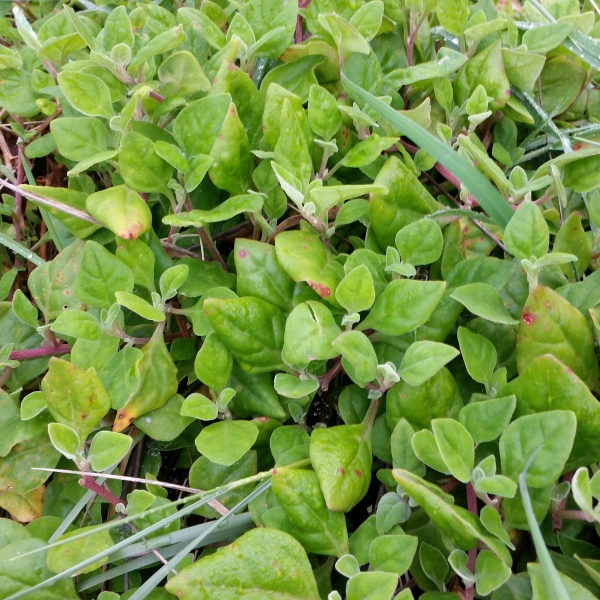
It was here I spied the bag of New Zealand Spinach. I’ve never seen this vegetable for sale before although I have foraged for it in it’s natural habitat on sandy dunes and coastal places. The horticulturally grown plants in the bag had larger and lush leaves compared to those in the wild.

New Zealand spinach is not a real spinach but has that similar triangular leaf shape and can be used as a spinach replacement. Its succulent spongy texture will allow it to survive hot and dry conditions, making it an ideal spinach alternative when it’s too hot for real spinach to thrive.
Purple-green Rambo radish micro-greens caught my eye. This is the first time I have purchased micro-greens. I’m curious about growing them myself so I quizzed the grower.
Finally meeting up again with Heather and Peter, we calculated if we would have the ingredients between us to make a quick and easy dinner as we had a big day exploring the Bay of Islands ahead. Heather had in her bag a side of smoked gem fish and freshly dug potatoes.
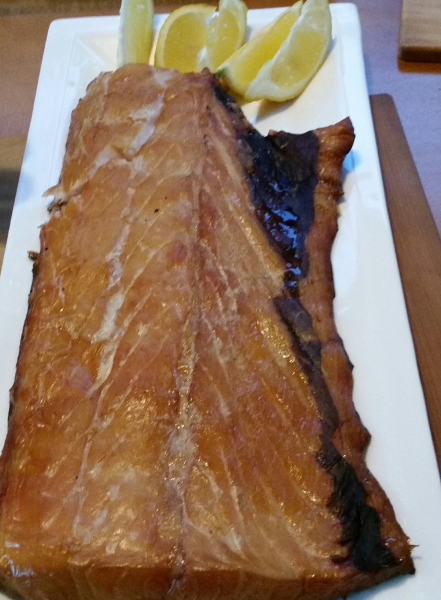
Peter sourced our entree with a camembert from Grinning Gecko cheesemakers, James and Catherine McNamara. The name of their cheese was inspired by the green geckos that live in the manuka and kanuka on their property at Whangarei Heads.
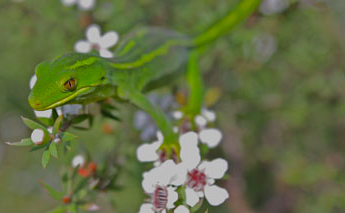
I had more than enough ingredients for a salad and I was keen to try the New Zealand Spinach as the green salad base.
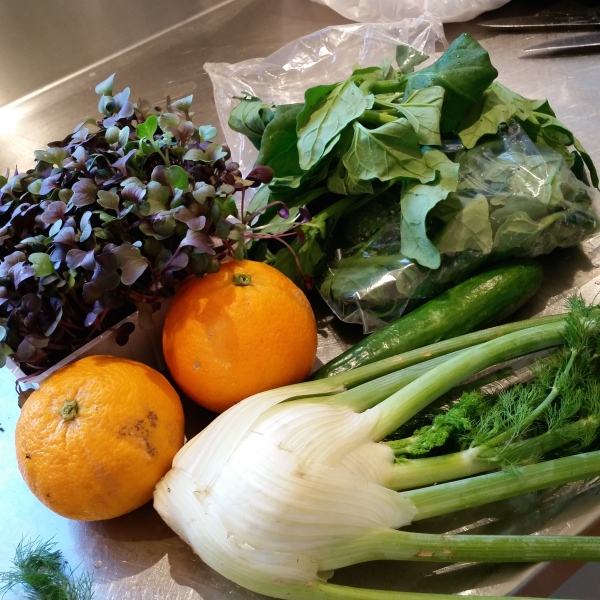
New Zealand spinach is high in oxalic acid, like sorrel, so best to avoid eating it raw in large quantities because it can inhibit your body from absorbing other nutrients. Cooking it will greatly reduce the oxalic acid but will destroy the high vitamin C content.
Whangarei Salad: NZ Spinach, Orange & Fennel

Half of the large fennel bulb I sliced very carefully and thinly with a mandolin and used half of the bag of New Zealand spinach leaves, discarding the larger stems and tearing it into bite sized pieces.
Next I mixed the spinach, sliced fennel, chopped onions and some greenery from the fennel with an orange dressing to be absorbed and softened… as you would with a coleslaw. Normally with softer leaves or crisp greens I would add the dressing just before serving.
The sweet orange dressing was made from the juice of a Keri Keri orange, a little orange zest, a garlic clove crushed in sea salt, a dash of cider vinegar, a teaspoon of honey and a couple of tablespoons of olive oil. I haven’t given exact measurements as the amount of vinegar and honey you add is up to personal taste and relies on how sweet the orange is. I found when experimenting with this dressing it was best to dip in a leaf of the spinach to check if the dressing was just right for the salad.
I used two oranges, cutting up the second into pieces to add to the salad along with some chopped almonds. Try to remove all the white pith from the oranges as the pith is bitter.
I added to the marinating salad a sliced up Lebanese cucumber, the Rambo radish sprouts, diced orange and chopped almonds just before serving.
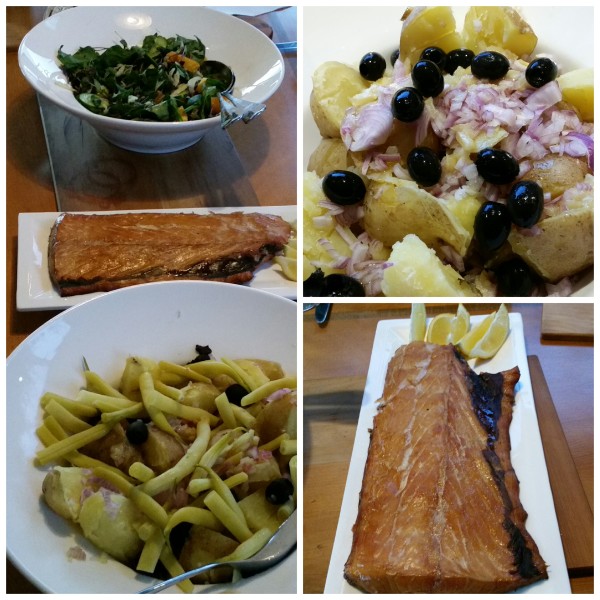
My Whangarei Salad worked really well with the potatoes, beans and smoked fish.
Captain Cook’s crew found that New Zealand spinach was effective at fighting the symptoms of scurvy and harvested, cooked and preserved the leafy plant for the crew of the “Endeavor” (hence the name “Cook’s Cabbage”). But it was another explorer and botanist, Joseph Banks, who took it back to England to grow in 1772 and it became very popular.
From one explorer to another…
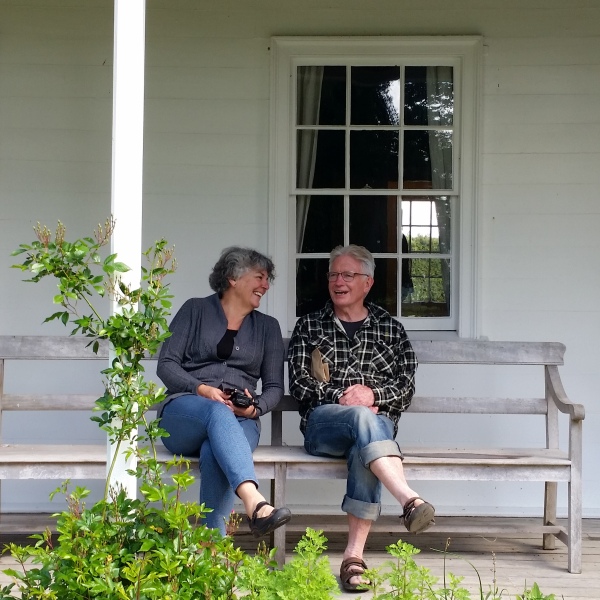
Our trip to the Bay of Islands followed the footsteps of another early explorer and naturalist, Charles Darwin. As a young man in his 20’s he made a brief nine day visit to the Bay of Islands in 1835. After the sunshine and friendliness of Tahiti, he was not impressed with a drizzly Christmas in the lawless town of Kororāreka (Russell) and the missionary settlement of Paihia. The highlight of his visit was to the white- washed English settlement and Te Waimate Mission Station.
I wonder if Darwin was served New Zealand spinach during his stay at the mission?
It’s a plant I’m keen to grow under garden conditions as it’s robust, grows well in drought or in coastal saline-rich soils, and is unaffected by bugs or pests. It can also be utilised as a good ground cover to keep moisture in the ground so I am also keen to plant it under fruit trees.
It was greatly appreciated 200+ years ago – I reckon its high time we revived interest in New Zealand spinach.


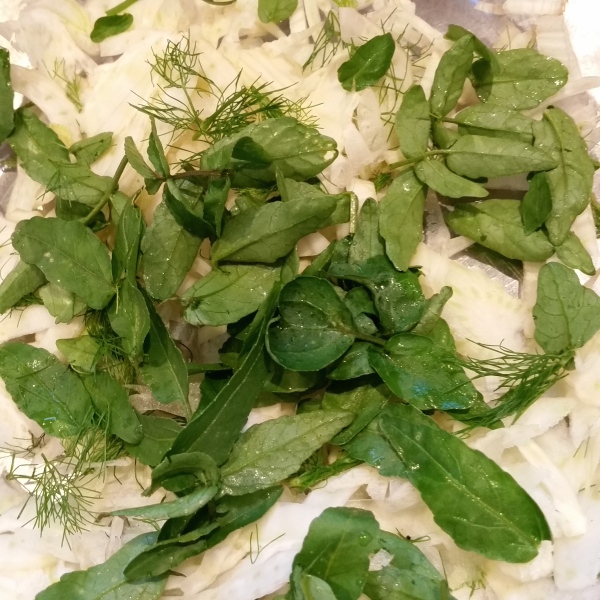

No comments:
Post a Comment
Would like to see your comments or share some of your favourite recipes.